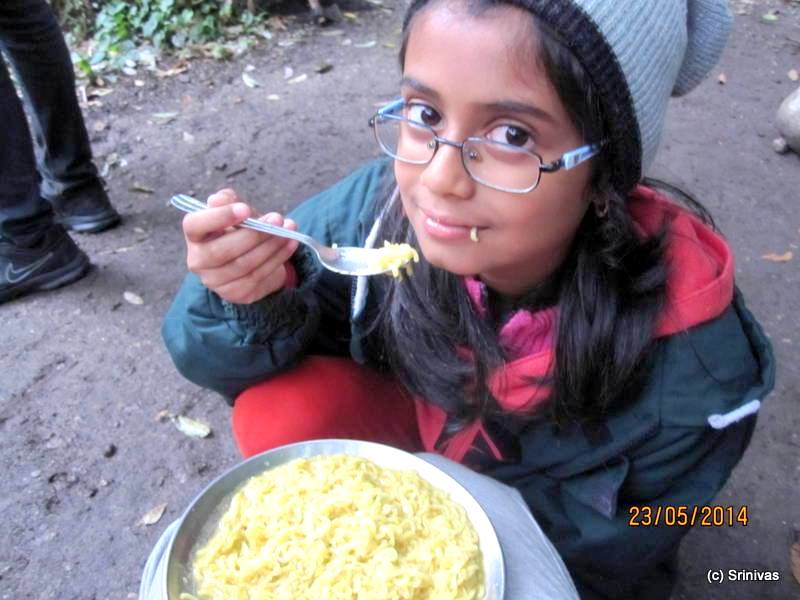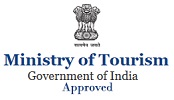Recently, a good friend of mine, Yog Dutt, invited me to join him for trekking in Himalayas scheduled this summer.
“Trekking… and me! Are you serious?” was my first response when he explained his plan for summer vacation.
“But dude… Himachali food is simply out of the world!” he replied with a playful smile.

Now, this man knows exactly how to pull my strings! How can a foodie let go the quest for flavour and a chance to savour?!
A nature lover simply can’t refuse a chance to visit the “Land of Gods”! It’s not that I don’t have it for nature; instead it is one of the reasons why I chose to stay back at Bhopal, sidelining some better career opportunities in metros. But I certainly am not the adventurous type; not even in my wildest dream did I fantasize about paying a visit to the majestic Himalayas. Valleys in Himalayas, indeed, are blessed with breathtaking natural beauty. But because of their difficult terrain, they are largely untouched by external customs, and so is their food.
At first, I thought Yog was playing with me. But as they say “you can’t start the new chapter of your life if you keep re-reading the last one”. So the first thing I did was to check with Mishi, a close friend and also a Himachal frequenter. What she told me simply left me open-mouthed. She informed me that India’s finest quality of Rajma is grown in Himachal Pradesh, and more precisely in Mandli region, where the camp was planned.
“What? Did you just say Rajma?” this was sort of a shock for me.
Being a Punjabi, my heart always had a special place for Rajma-chawal, but I never made the effort to know its genesis. This further elevated my enthusiasm to know more about flavours of Himachali cuisines.
Google further heightened my excitement level by digging out pages after pages detailing mouth watering dishes of Mandli region. Their cuisines mainly comprise of Rajma, sepu vadi (which are lentil dumplings in spinach gravy; this is something which otherwise I have never heard of!), maa ki dal cooked in certain spices and generous amounts of ghee, kadhi, rice, kale chane ka khatta (chickpea soup) with gravy, and kaddu ka meetha. I am not particularly fond of kaddu (pumpkin), but well, the latter definitely got my nerves!
Apart from these, they have quite a special vegetable known as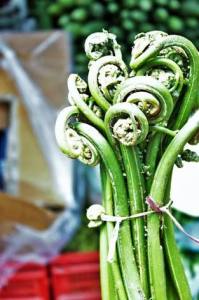 Lungdoo. This vegetable will leave you both surprised and curious when you’ll see it. It is green and long like drumsticks by figure, but looks more like a snail at its ends! The interesting thing is that it grows in jungles, beside the rocks and is not easy to find. This fact makes it a not so common vegetable, and hence only typical pahari people know how to actually cook it. So now I am seriously excited to tickle my taste buds with this rare pahari herb.
Lungdoo. This vegetable will leave you both surprised and curious when you’ll see it. It is green and long like drumsticks by figure, but looks more like a snail at its ends! The interesting thing is that it grows in jungles, beside the rocks and is not easy to find. This fact makes it a not so common vegetable, and hence only typical pahari people know how to actually cook it. So now I am seriously excited to tickle my taste buds with this rare pahari herb.
Apart from this, Himachali people are known for their love for non-vegetarian cuisines; especially Gaddi tribe, which inhabit the valleys 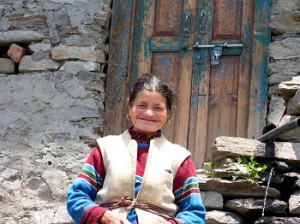 near Kugti pass and are known as the real paharis. The reason for their peculiar taste is simple, yet interesting – the topography of their region, which permits farming only in summers. And for the rest, they have some appetizing recipes of chicken, lamb, and goat.
near Kugti pass and are known as the real paharis. The reason for their peculiar taste is simple, yet interesting – the topography of their region, which permits farming only in summers. And for the rest, they have some appetizing recipes of chicken, lamb, and goat.
Exploring new places is exciting; but for me, going somewhere new and trying the food that is unique and I’ve never tasted before, doubles the thrill. I never knew that Himachal Pradesh could be a paradise even for food lovers! And now I am looking forward with all fervor to soothe my senses with unaltered pahari flavours.
I am coming Himachal, the foodie me has been unleashed!
Join JT2 Trek to Padhar Got, Kugti Valley in May 2016 to experience it all!
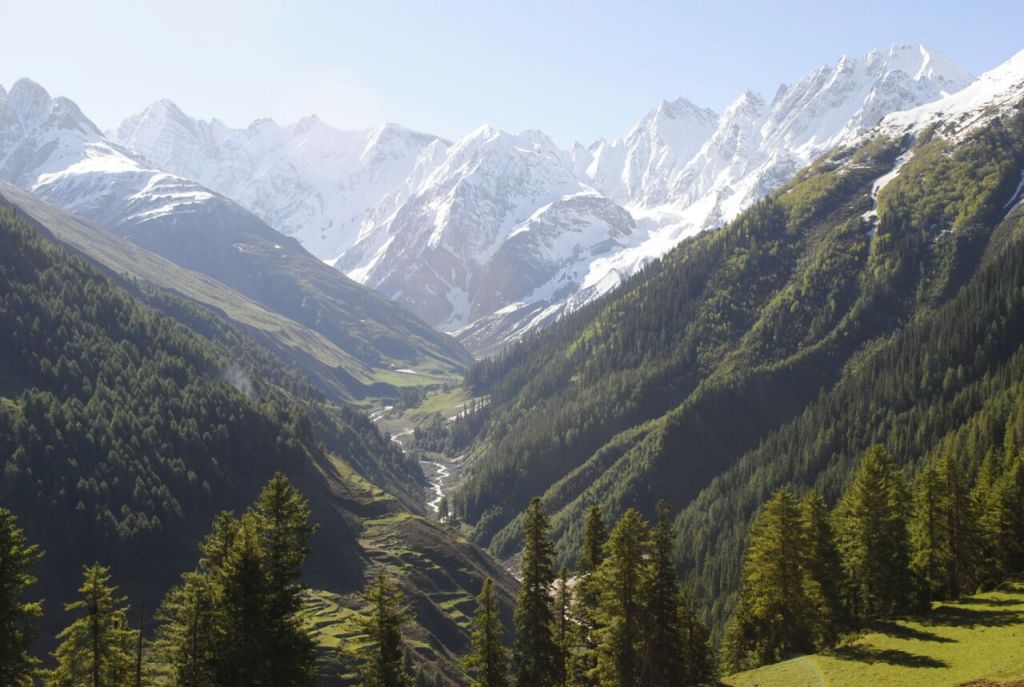
Savneet is big-time adventurer and ardent food blogger from Bhopal whose dream is to travel on his Enfield, tickling his taste buds with the flavours of India! Visit FoodieGuy.in to check out his latest exploits in the culinary world.

